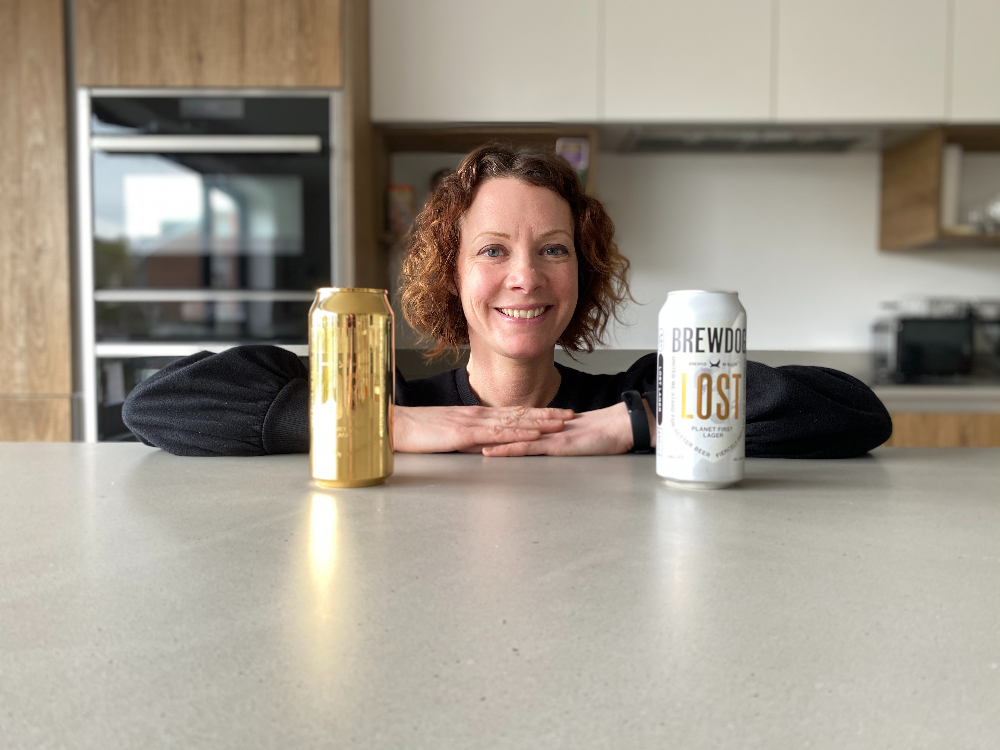What’s your new year’s resolution, financially speaking?
Mine is to max out the over-payment on my mortgage, which potentially means a lot of hustling and scrimping this year. I also want to make the most of my LISA (Lifetime ISA) allowance, but that might be a touch too optimistic.
My task is made easier by the fact that I have a specific figure in mind – my savings goal – which means I just need to work backwards to find out how much I need to squirrel away each month to make that work.
While I’m generally quite prudent with my money, I wanted to look at some of the tools that could help – whether that’s making things easier, faster or more fun. So for this edition of Focus, I asked some experts for their tips and recommendations.
Getting into the savings mindset
First, a primer. You may remember the Focus on how to get into the savings habit. If you’re not normally a saver, now is the time to read and reflect.
But for something short and sweet, here are some tips from Tyla Phillips, executive director at AHR Private Wealth.
She suggests: “The first step savers should take is to build a comprehensive picture of their personal finances by outlining what assets they have, any debts owed, and their total income.
“By then subtracting regular expenditures from their income, savers can work out how much surplus funds could be put away each month.
“Following this, savers should divide their spending priorities between needs and wants. While everyone has desires and should reward themselves for efforts made throughout a career, segmenting your income into needs, savings and then wants can help to avoid making unnecessary purchases and keep on track towards saving goals.”
So what tools can you use to maximise your savings efforts?
Get into investing
For Ben Faulkner from financial consultants EQ Investors, the answer is of course all about investing.
The Focus on how to get into investing is a good place to start – you should always be aware that past performance is not an indicator of future returns and with investing, there’s always the risk that you could lose your capital (the money you put in).
But with potentially lucrative returns, it’s worth looking at, especially if you have a sizeable savings pot built up already.
Ben says: “Investing is full of clichés and one that is true is ‘time in the markets, not timing the market’. One way we can reduce the impact of the ups and downs is to invest on a monthly basis.
“Given that we don’t know what markets will do from day to day or month to month, this stops us from investing all of our money at a peak and maximising losses. Some of our money will be invested when markets are down, so when they recover, we are rewarded. Over the longer term investing monthly averages out the highs and lows.”
You should pick a savings/investment mix that works for you though, which will depend on what you need the money for, when you need it and your appetite for risk. It is of course not essential that you get into investing – and you should consult a financial adviser if you need tailored advice.
Make the most of your ISA or LISA
You can make the most of your investments by putting the money in an ISA or LISA, as Matt Cross, financial adviser at Oakway Wealth Management, suggests.
He explained: “In simple terms, an ISA is a tax free wrapper that surrounds your investment and within this wrapper you don’t pay any tax on the growth it makes.”
You have a £20,000 tax free allowance each year for the standard ISA, which is more than enough for most people.
Up to £4,000 of that allowance can go towards a LISA, which benefits from a 25% government bonus – basically if you put in the full amount, the government will give you an additional £1,000 each year. This can be used for your first home or a pension, but if you withdraw your money early, you’ll receive a small penalty (there are some exceptions).
Long term, the returns on investment can be very lucrative.
“If you invest £5,000 into your ISA every year for the next 20 years, and manage to average 5% growth every year, it could be worth over £165,000 – that’s £65,000 of growth,” says Cross.
Like other types of investments, though, your capital is at risk here. You can of course just hold a cash ISA or LISA, where your capital is safe but returns may be lower.
My chosen form of investment is a stocks and shares ISA, which I currently hold with Nutmeg. I pay them a fee to manage it, which is based on a percentage of my portfolio. It’s a tiny proportion of my savings and it’s an amount that I wouldn’t mind losing.
Save while you shop
For Emma Jackson at Bee Money Savvy, it’s all about saving while you spend.
She says: “To save money when shopping online I have a browser extension called Honey installed on my PC. Honey automatically searches and compares the best discount codes when you reach the checkout of an online shop.
“It’s available on all major web browsers (including Chrome, Firefox, Safari and Opera) and allows you to effortlessly get a 10% or 20% discount on your shopping with certain retailers”
I’m personally a fan of cashback websites – I use both Quidco* and Topcashback*. You get a small percentage of your spend back when you shop through them. I’m not a big spender but I usually get between £50 to £100 a year, which can then be swapped for vouchers for places like Tesco or Amazon.
I usually check both each time, because they often have different offers on, and go through the one offering the highest cashback rate.
Using fintech to automate the process
If you’re not a natural saver, automating the process can make it easier.
Halimah Omogiafo, who writes about personal finance at Koody, explains: “When you sign up for automatic saving, you give a bank or fintech permission to regularly put some of your money aside in a separate bank account, wallet or pot.
“These banks or fintechs use their technology to estimate how much you can afford to save and then save that amount for you automatically.”
Having tried out Chip and Plum last year, I can see the appeal. But, I would also caveat that in the early days (until it gets to “know” your spending habits), you might want to keep a closer eye on your balance. There were a couple of occasions where I had to intervene or risk being overdrawn.
No spend months
For Claire Roach, author of Money Saving Central, getting the whole family involved can be a major boon – especially for something as challenging as a no spend month.
She says: “My family and I are huge money savers, I have taught the children from a young age about the importance of saving money and I get them very involved. We take part in two main money saving challenges per year, both of which start in January.
“Firstly we do a yearly loose change challenge whereby we save every penny of loose change we can get our hands on in a pot. Our main challenge is our ‘No Spend’ Month, where we spend absolutely nothing (other than essential bills) for an entire month. We find them a fun way of achieving my savings targets – the whole family is on-board, which is why they are so effective.”
Joining a savings syndicate
For something more unusual, money blogger Joleisa Creed suggests using a “partner” or “asu”, a sort of savings syndicate that’s found in the Caribbean.
She explains: “The way it works is that a group of us send a set amount of money each week or month to someone we know (the banker). We then take turns to collect the total money collected for the week or month.
“The banker may or may not be paid, depending on the rules when joining.”
Creed adds: “It is a system I grew up with in the Caribbean. It was seen as a way for poor people to still be able to afford stuff like tuition fees, travel, etc without relying on financial institutions (it was very hard to get a loan from a bank).
“It is, however, built on trust as we rely on everyone to pay the money back so that each person gets their ‘draw’ (the same amount they put in).”





1 thought on “Tools to help you achieve your savings goals”
Comments are closed.